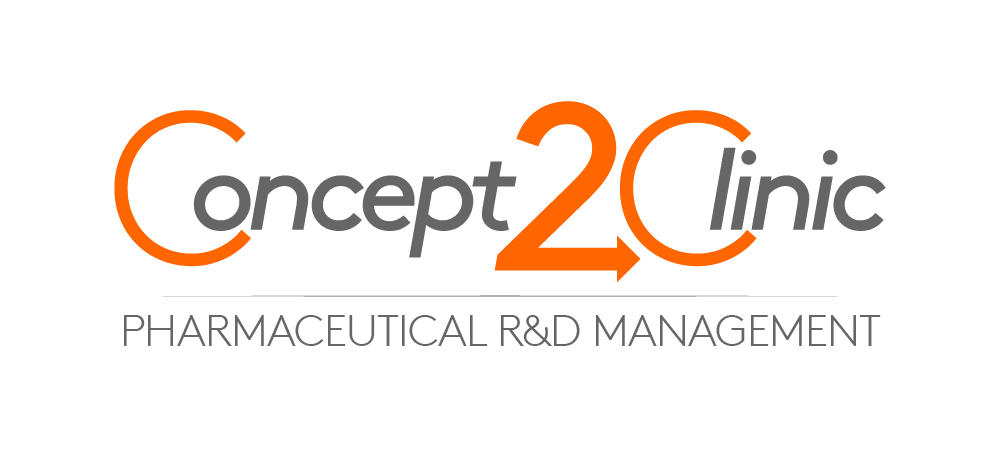When a compound deserving clinical trial in man is identified by animal studies, the regulatory authorities are approached, who on satisfaction will issue an investigational new drug (IND) licence.
The drug is formulated into a suitable dosage form and clinical trials are conducted in a logical phased manner. To minimize any risk, initially few subjects will receive the drug under close supervision. Later, larger numbers are treated with only relevant monitoring.
Standards for the design of clinical trials, ethics of clinical trials, conduct of clinical trials, monitoring clinical trials, auditing clinical trials, recording and analyzing data and reporting of clinical trials have been laid down in the form of Good Clinical Practice (GCP) guidelines by an International Conference on Harmonization (ICH).
Adherence to these provides assurance that the data and reported results are credible and accurate, and that the rights, integrity and confidentiality of clinical trial subjects are protected as enunciated in the Helsinki Declaration of the World Medical Association.
Phases of Clinical Trials
Clinical trials are conventionally divided into 4 Phases:
Phase 1 Clinical trial: Human Pharmacology and Safety
Phase 1 Clinical trial includes first human administration of the drug is carried out by qualified clinical pharmacologists or trained physicians in a setting where all vital functions are monitored and emergency/resuscitative facilities are available. Subjects (mostly healthy volunteers, and sometimes patients) are exposed to the drug one by one (total 20–80 subjects), starting with the lowest estimated dose and increasing stepwise to achieve the effective dose. The emphasis is on safety, tolerability, and to detect any potentially dangerous effects on vital functions, such as fall and rise in blood pressure or heart rate, arrhythmias, bronchospasm, seizures, kidney/liver damage, etc. Unpleasant side effects are noted and an attempt is made to observe the pharmacodynamic effects in man. The human pharmacokinetic parameters of the drug are measured for the first time. No blinding is done: the study is open label. An open-label trial is a type of clinical trial in which information is not withheld from trial participants.
Phase 2 Clinical Trial: Therapeutic Exploration and Dose Ranging
Phase 2 Clinical trial is conducted by physicians who are trained as clinical trial investigators, and involve 100–500 patients selected according to specific inclusion and exclusion criteria. The primary aim is the establishment of therapeutic efficacy, dose range and ceiling effect in a controlled setting.
Tolerability and pharmacokinetics are studied as an extension of Phase 1 Clinical Trial. The study is mostly controlled and randomized, and may be blinded or open label. It is generally carried out at 2–4 clinical centres. The candidate drug may get dropped at this stage if the desired level of clinical efficacy is not obtained.
Phase 3 Clinical Trial: Therapeutic Confirmation and Comparison
Generally Phase 3 Clinical trials are randomized double blind comparative trials conducted on a larger patient population (500–3000) by several physicians (usually clinical specialists in treating the target disease) at many clinical centres. The aim is to establish the value of the drug in relation to existing therapy. Safety and tolerability are assessed on a wider scale, while pharmacokinetic studies may be conducted on some of the participants to enlarge the population base of pharmacokinetic data. Indications are finalized and guidelines for therapeutic use are formulated. A new drug application (NDA) is submitted to the licensing authority, who then determines whether to give marketing permission.
Phase 4 Clinical Trial: Postmarketing Surveillance
After the drug has been marketed for general use, practicing clinicians are identified through whom data are collected on a structured proforma about the efficacy, acceptability and adverse effects of the drug. Patients treated in the normal course form the clinical study population: numbers therefore are much larger. Uncommon/idiosyncratic adverse effects, or those that occur only after long-term use and unsuspected drug interactions are detected at this stage. Patterns of drug utilization and additional indications may emerge from the surveillance data.
Concept 2 Clinic (C2C) provides the comprehensive clinical trial services you need, from First-in-Human to Post-marketing surveillance.
Contact us today to learn more about how our variety of Clinical trial services can benefit your program!



